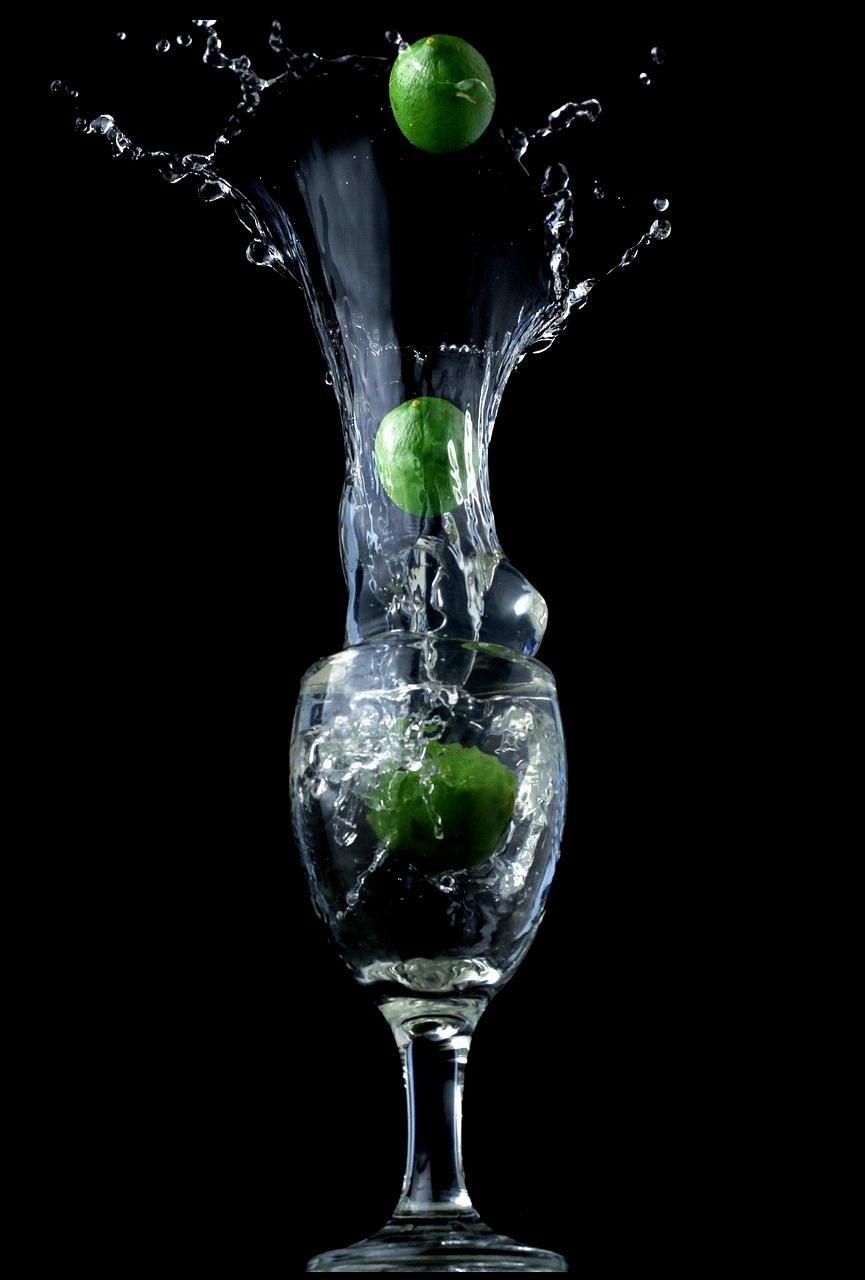When it comes to the delightful world of alcoholic beverages, vodka has certainly earned its place as a popular choice for many cocktail enthusiasts. But have you ever wondered about the density of vodka? In this article, we will dive into the fascinating realm of vodka and explore its density in kilograms per cubic meter (kg/m3).
Diving into the Composition of Vodka
Before we can determine the density of vodka, let’s take a closer look at its composition. Vodka is primarily a mixture of alcohol and water. The specific gravity of vodka varies depending on the ratio of alcohol to water. In general, vodka has a specific gravity ranging from 0.91 to 0.95.
Cracking the Density Equation
To calculate the density of vodka in kg/m3, we need to understand specific gravity and its relationship with density. Specific gravity is the ratio of the density of a substance to the density of a reference substance, usually water. In our case, the reference substance is pure water with a density of 1.000 x 10^3 kg/m3.
Determining the Volume Percentage of Alcohol
If a vodka has a specific gravity of 0.918, we can use this information to determine the volume percentage of alcohol in the vodka. By comparing the specific gravity of vodka (0.918) to the specific gravity of water (1.000), we can estimate the amount of alcohol present. The specific gravity of a liquid is directly proportional to the concentration of solutes in the liquid.
Exploring the Alcohol to Water Ratio
Using the given specific gravity, we can infer that the vodka contains a higher concentration of water compared to alcohol. With a specific gravity closer to that of water, it suggests a higher water content and a lower alcohol content.
The Importance of Drippers and Yard Watering
Shifting gears slightly, let’s explore a different topic related to yard maintenance: the use of drippers for watering. In this scenario, we have sixty drippers, each with a hole diameter of 1.00 mm, and they are being utilized to water a yard.
The Impact on Water Distribution
When it comes to watering a yard, the diameter of the dripper holes plays a vital role in the distribution of water. The smaller the hole diameter, the more precise and targeted the water distribution will be. In the case of a 1.00 mm hole diameter, the watering will be fairly concentrated and focused on specific areas within the yard.
Efficiency and Water Conservation
Using drippers with precise hole diameters can significantly improve the efficiency of watering. With a more controlled and targeted application of water, you can minimize water waste and ensure that the plants receive just the right amount of water they need to thrive.
Applying Knowledge to the Original Question
Now, let’s circle back to our original question: What is the density of vodka in kg/m3? With the knowledge we’ve gained, we understand that the density of vodka can vary based on the specific gravity. However, the precise density in kg/m3 is elusive without additional information or specific measurements.
A Recap of Our Journey
In this article, we embarked on a captivating exploration of the density of vodka in kilograms per cubic meter (kg/m3). We delved into the composition of vodka, cracked the density equation, and determined the volume percentage of alcohol using specific gravity. Additionally, we took a slight detour to discuss the importance of drippers in yard watering and its impact on water distribution.

Conclusion
While the density of vodka in kg/m3 remains unknown due to the lack of specific measurements or information, we have gained valuable insights into the composition and characteristics of vodka. Armed with this knowledge, you can now impress your friends with interesting facts about vodka and its density, all while enjoying your favorite cocktail!
